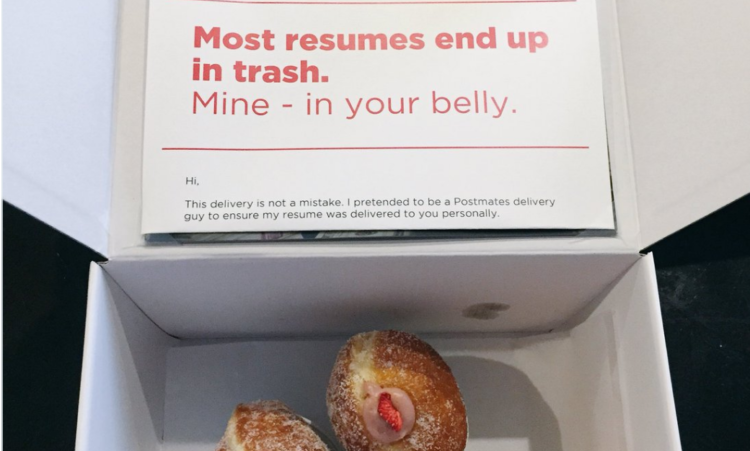7 Ways To Make Your Resume Stand Out From The Rest

When looking for a job, there’s no better place to start than perfecting your resume. You may think you’ve got it all down by simply listing your experience, but most employers receive so many applicants, it’s easy for your resume to get lost in the shuffle.
If your resume isn’t sticking out, no one’s going to pay attention to it, which means you could lose out on a number of important opportunities.
Research shows that recruiters spend an average of only 6.25 seconds looking at an applicant’s resume before deciding whether they are right for the job.
They spend 20 percent of their time looking for keywords related to the job, and they primarily focus on your education and current and previous positions. Carefully crafting these particular areas of your resume can help you stand out for the position you are applying for.
With these things in mind, it’s good to give your resume a second look to see how it can be improved. If you’re searching for a job, or just want to have a solid resume on hand, consider these seven ways to make your resume stand out from the rest.
1. Use Keywords
Employers look for keywords that match the job description they are searching for. According to U.S. News and World Report, the strongest words on your resume are always nouns, as employers look for skills, titles, certifications, etc.
If you can speak truly to them, use words found in the job description, and spend some time researching their website.
2. Change Your Resume For Each Job
You shouldn’t be using the same document over and over again for every different job application. Take the time to tailor your resume specifically per job.
Whether you change your bullet points to make your skills more relevant or use a different vocabulary depending on the industry, your resume should reflect the needs of that specific position.
3. Add Numbers
Using numbers is more effective to quantify your accomplishments than using just words.
Be sure to include monetary values, timeframes, and any other accomplishments with quantifiable values. This can help your experiences have a greater impact.
4. Pick A Good Format
How you format your resume depends on your past experiences and how relevant they are to the current job you are applying for.
Chronological format works well for jobs within your same industry, while a functional format works better when you’re making a career change or have gaps in your employment.
5. Keep It To One Page
Why so short? Blame it on people’s attention spans. Recruiters and employers don’t have time to read through everything you have ever done, so keep your information succinct.
If you have a lot of experience or a varied career, it’s okay to take it to two pages if absolutely necessary, but make sure any information you include is relevant.
6. Delete “References Available Upon Request”
This goes without saying. Employers know if they want references, they have to ask. Don’t waste a line on something implied when you can fill it up with more relevant information.
7. Save As A PDF
You’ve created a great looking resume, so the last thing you want is for it to get all messed up when it’s opened up on someone else’s computer. Saving your document as a PDF will preserve your intended formatting, which will ensure your document remains clean and professional-looking.
Photo by flazingo_photos






